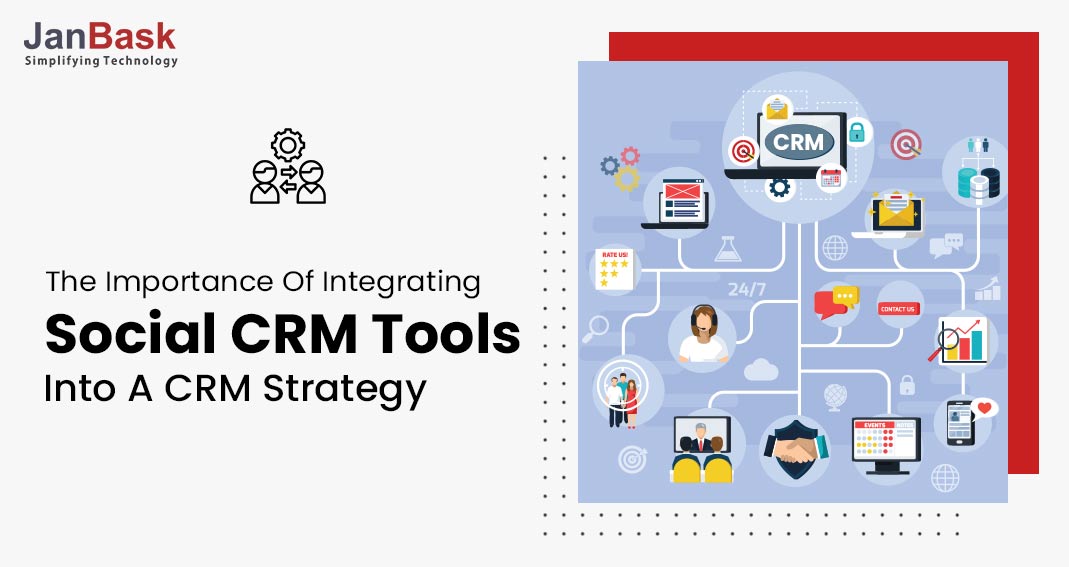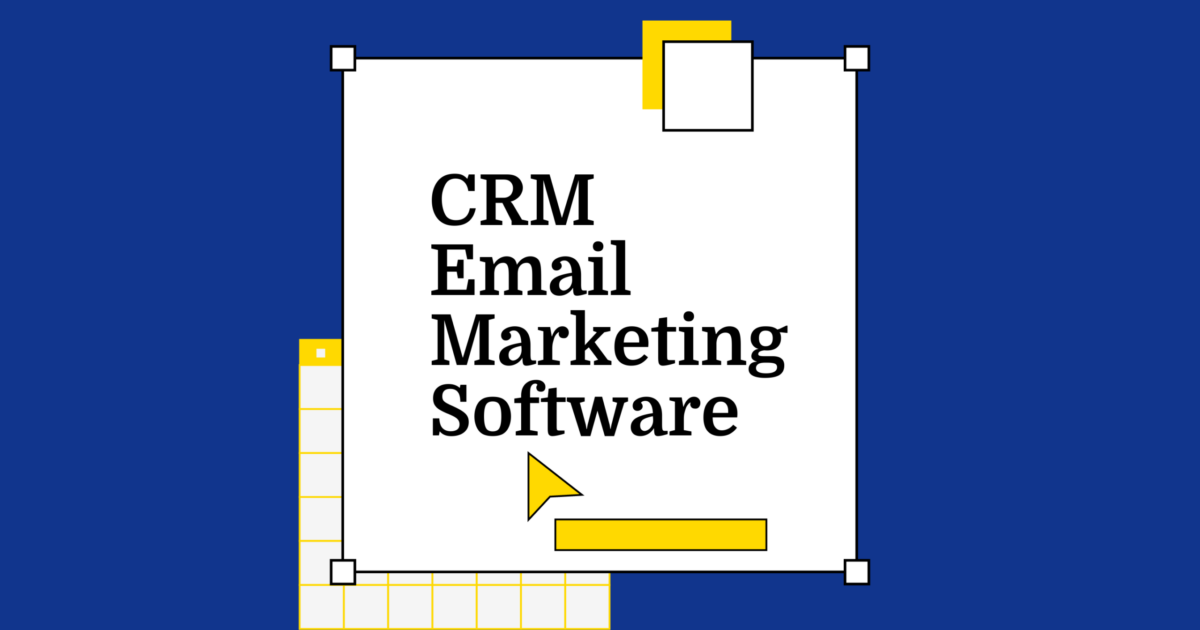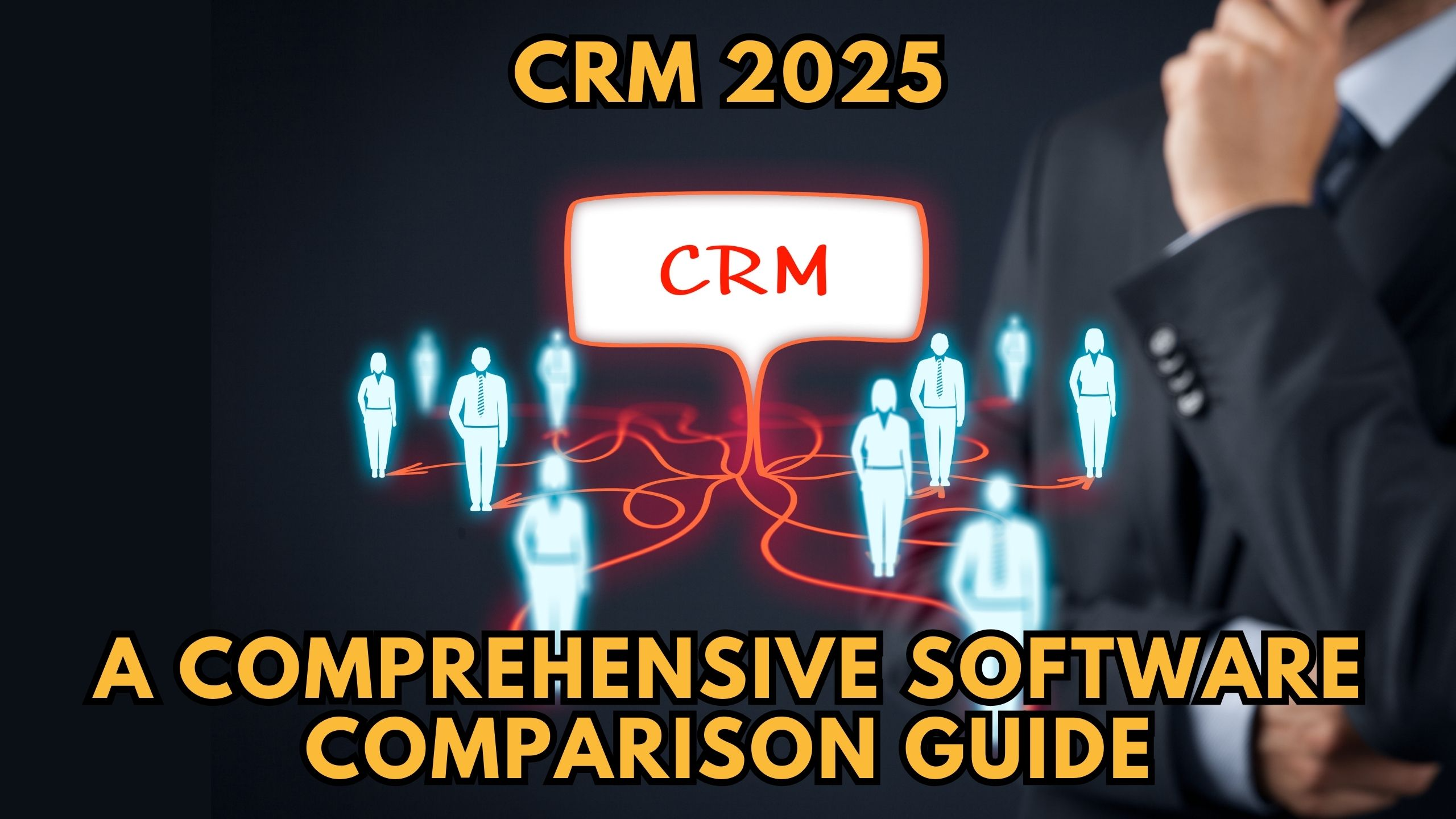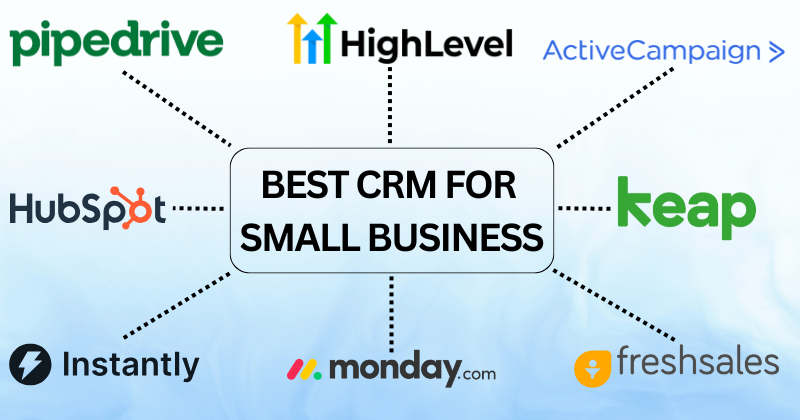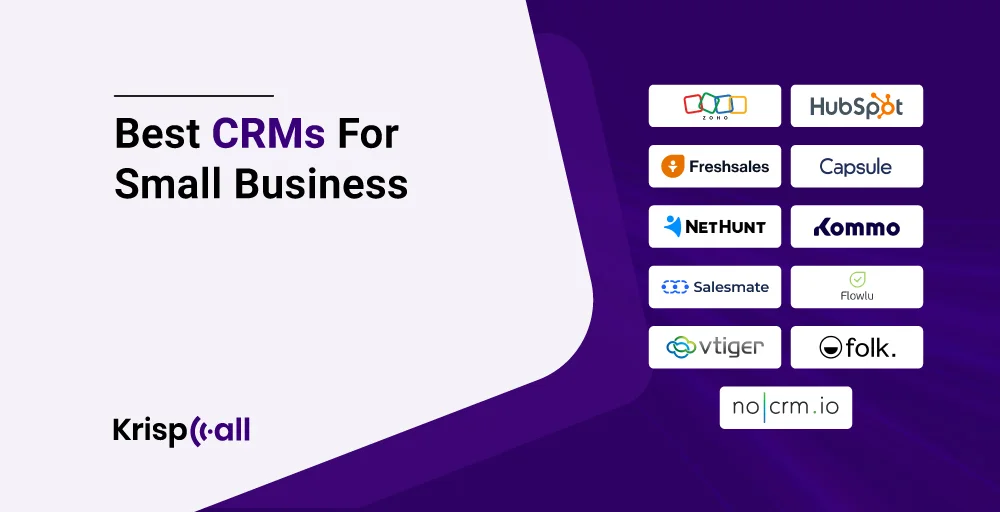Maximize Your CRM Marketing ROI: Actionable Tips for Stellar Results
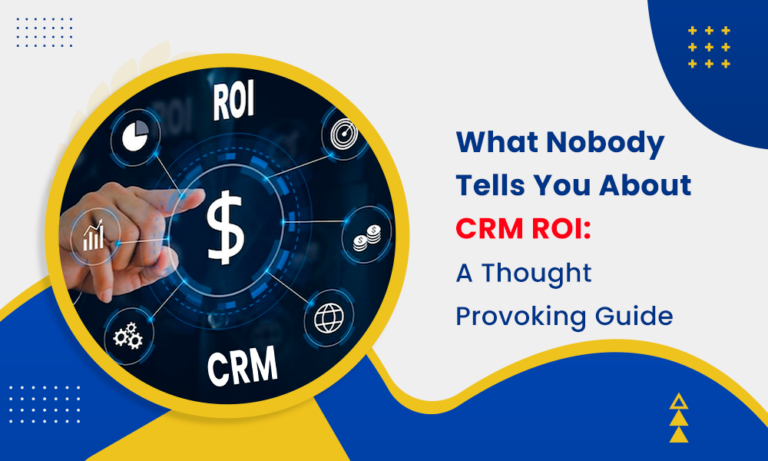
Unlocking the Power of CRM Marketing ROI: A Deep Dive
In today’s hyper-competitive business landscape, understanding and maximizing your Return on Investment (ROI) is paramount. This is especially true for your Customer Relationship Management (CRM) marketing efforts. CRM marketing is no longer a luxury; it’s a necessity. It’s the backbone of a customer-centric approach, enabling businesses to build stronger relationships, personalize experiences, and drive revenue growth. But, achieving a positive ROI from your CRM marketing initiatives requires more than just implementing a system. It demands a strategic approach, consistent optimization, and a deep understanding of your customer base.
This comprehensive guide will delve into the intricacies of CRM marketing ROI, providing you with actionable tips, proven strategies, and real-world examples to help you achieve stellar results. We’ll cover everything from setting clear goals and selecting the right CRM platform to analyzing your data and continuously refining your campaigns. Get ready to transform your CRM marketing from a cost center into a powerful engine for growth.
Defining CRM Marketing ROI: What Does It Really Mean?
Before we dive into the ‘how,’ let’s clarify the ‘what.’ CRM marketing ROI, in its simplest terms, measures the profitability of your CRM marketing investments. It quantifies the financial return you receive for every dollar you spend on your CRM marketing activities. This includes the cost of your CRM software, personnel costs, marketing campaign expenses, and any other associated costs.
Calculating CRM marketing ROI involves a straightforward formula:
ROI = ((Revenue Generated – Cost of Investment) / Cost of Investment) * 100
For example, if your CRM marketing efforts generate $100,000 in revenue and cost $20,000, your ROI would be: (($100,000 – $20,000) / $20,000) * 100 = 400%. This means for every dollar you invested, you received $4 in return.
However, calculating CRM marketing ROI isn’t always as simple as plugging numbers into a formula. There are several factors to consider, including:
- Attribution Modeling: Determining which marketing activities contributed to a sale can be complex. Attribution modeling helps you assign credit to different touchpoints in the customer journey.
- Long-Term Value: CRM marketing often focuses on building long-term customer relationships. Consider the Customer Lifetime Value (CLTV) when evaluating ROI.
- Hidden Costs: Don’t forget to factor in all costs, including training, maintenance, and potential integration costs.
Understanding these nuances is crucial for accurately measuring and improving your CRM marketing ROI.
Setting the Foundation: Key Strategies for Maximizing CRM Marketing ROI
The foundation for a successful CRM marketing ROI strategy lies in careful planning and execution. Here are some essential strategies to get you started:
1. Define Clear and Measurable Goals
Before you launch any CRM marketing campaign, define specific, measurable, achievable, relevant, and time-bound (SMART) goals. What do you want to achieve? Increase sales? Improve customer retention? Enhance customer satisfaction? Your goals will dictate your strategies and metrics.
Examples of SMART Goals:
- Increase sales revenue by 15% in the next quarter through targeted email campaigns.
- Reduce customer churn rate by 10% within six months by implementing a proactive customer service program.
- Improve customer satisfaction scores by 5% within a year through personalized onboarding experiences.
Clearly defined goals provide a roadmap for your efforts and allow you to track your progress effectively.
2. Choose the Right CRM Platform
Selecting the right CRM platform is crucial for your success. Consider your business needs, budget, and technical capabilities. Research different platforms, compare features, and read reviews. Ensure the platform integrates seamlessly with your existing systems and provides the functionality you need, such as:
- Contact Management: Efficiently store and manage customer data.
- Marketing Automation: Automate repetitive tasks, such as email marketing, lead nurturing, and social media posting.
- Sales Automation: Streamline your sales processes, from lead generation to closing deals.
- Reporting and Analytics: Track key metrics and gain insights into your marketing performance.
Investing in the right CRM platform is an investment in your future marketing ROI.
3. Segment Your Audience
One-size-fits-all marketing is a thing of the past. Segmentation allows you to tailor your messaging and offers to specific customer groups, resulting in higher engagement and conversion rates. Segment your audience based on demographics, behavior, purchase history, and other relevant criteria. This allows for the creation of highly targeted marketing campaigns, which are more likely to resonate with your audience.
Examples of Segmentation:
- Demographics: Age, gender, location, income.
- Behavior: Website activity, email engagement, purchase history.
- Purchase History: Frequent buyers, one-time buyers, product preferences.
Effective segmentation is the cornerstone of personalized marketing.
4. Personalize Your Customer Experiences
Personalization is no longer a trend; it’s an expectation. Customers want to feel valued and understood. Use your CRM data to personalize your interactions with customers, including:
- Email Marketing: Send targeted emails based on customer behavior, purchase history, and preferences.
- Website Personalization: Display personalized content and offers on your website based on customer segments.
- Product Recommendations: Suggest relevant products based on past purchases or browsing history.
Personalization builds stronger relationships and drives higher conversion rates.
5. Implement Marketing Automation
Marketing automation streamlines your marketing efforts, saves time, and improves efficiency. Automate repetitive tasks, such as:
- Email Marketing: Set up automated email sequences for lead nurturing, welcome messages, and abandoned cart reminders.
- Social Media Posting: Schedule social media posts in advance.
- Lead Scoring: Automatically score leads based on their engagement and behavior.
Automation frees up your marketing team to focus on more strategic initiatives.
Deep Dive: Actionable Tips to Boost CRM Marketing ROI
Now that we’ve covered the fundamentals, let’s dive into some actionable tips to maximize your CRM marketing ROI:
1. Data Quality is King
Your CRM data is only as good as the quality of the data you input. Clean, accurate, and up-to-date data is essential for effective segmentation, personalization, and campaign targeting. Regularly review and clean your data, removing duplicates, correcting errors, and updating information as needed. Consider implementing data validation rules to ensure data accuracy.
Tips for Data Quality:
- Regularly Clean Your Data: Schedule regular data cleansing sessions.
- Implement Data Validation: Use data validation rules to minimize errors.
- Integrate Data Sources: Integrate your CRM with other data sources to ensure data consistency.
Prioritizing data quality is a continuous process, but it’s crucial for achieving optimal ROI.
2. Optimize Your Email Marketing Campaigns
Email marketing is a powerful tool for driving conversions and building relationships. Optimize your email campaigns for maximum impact:
- A/B Test Your Emails: Test different subject lines, email content, and calls to action to see what resonates best with your audience.
- Personalize Your Emails: Use customer data to personalize your email content and subject lines.
- Segment Your Email Lists: Send targeted emails to specific customer segments.
- Track Your Email Metrics: Monitor your open rates, click-through rates, and conversion rates to measure your performance.
Constantly analyze and refine your email marketing strategy to improve your ROI.
3. Leverage Customer Feedback
Customer feedback provides valuable insights into your customers’ needs and preferences. Use customer feedback to improve your products, services, and marketing efforts. Collect customer feedback through surveys, feedback forms, and social media monitoring.
Ways to Leverage Customer Feedback:
- Surveys: Conduct surveys to gather customer feedback on specific topics.
- Feedback Forms: Provide feedback forms on your website and in your products.
- Social Media Monitoring: Monitor social media for mentions of your brand and respond to customer comments.
Listening to your customers is crucial for building brand loyalty and improving your ROI.
4. Implement Lead Scoring
Lead scoring is the process of assigning points to leads based on their engagement and behavior. This helps you prioritize your sales efforts and focus on the leads that are most likely to convert. Use your CRM to track lead behavior, such as website visits, email opens, and form submissions. Assign points based on these activities and use the lead score to determine which leads to prioritize.
Benefits of Lead Scoring:
- Prioritize Sales Efforts: Focus your sales team’s efforts on the most promising leads.
- Improve Conversion Rates: Increase your conversion rates by focusing on qualified leads.
- Increase Sales Efficiency: Improve the efficiency of your sales process.
Lead scoring can significantly improve your sales productivity and ROI.
5. Track and Analyze Key Metrics
Tracking and analyzing key metrics is essential for measuring your CRM marketing ROI and identifying areas for improvement. Track metrics such as:
- Customer Acquisition Cost (CAC): The cost of acquiring a new customer.
- Customer Lifetime Value (CLTV): The predicted revenue a customer will generate over their lifetime.
- Conversion Rates: The percentage of leads that convert into customers.
- Churn Rate: The percentage of customers who stop doing business with you.
- Return on Ad Spend (ROAS): Revenue generated per dollar spent on advertising.
Regularly analyze these metrics to gain insights into your marketing performance and make data-driven decisions.
6. Integrate Your CRM with Other Systems
Integrate your CRM with other systems, such as your website, e-commerce platform, and social media channels. This will provide a holistic view of your customers and enable you to personalize their experiences. Integration will also automate data transfer, saving time and reducing errors.
Benefits of CRM Integration:
- Improved Data Accuracy: Reduce data entry errors and ensure data consistency.
- Enhanced Customer Insights: Gain a 360-degree view of your customers.
- Increased Efficiency: Automate data transfer and save time.
Integration is key to unlocking the full potential of your CRM.
7. Invest in Training and Development
Ensure your marketing and sales teams are properly trained on how to use your CRM platform and implement your CRM marketing strategies. Provide ongoing training and development to keep your team up-to-date on the latest best practices and features. This investment will yield significant returns by improving the efficiency and effectiveness of your team.
Real-World Examples of CRM Marketing ROI Success
Let’s look at some real-world examples of businesses that have successfully maximized their CRM marketing ROI:
1. Case Study: E-commerce Retailer
An e-commerce retailer implemented a CRM system to personalize its marketing efforts. They segmented their customer base, sent targeted email campaigns, and implemented product recommendations. As a result, they saw a 20% increase in sales revenue and a 15% reduction in customer churn. Their CRM marketing ROI was significantly positive, demonstrating the power of personalization and targeted marketing.
2. Case Study: SaaS Company
A Software-as-a-Service (SaaS) company used its CRM to nurture leads and improve customer retention. They implemented automated email sequences for lead nurturing and provided proactive customer support. This led to a 30% increase in lead-to-customer conversion rates and a 25% reduction in customer churn. The company’s CRM marketing initiatives proved to be highly profitable.
3. Case Study: Financial Services Provider
A financial services provider utilized its CRM to improve customer service and personalize its offerings. They implemented a customer feedback program and used the data to improve their products and services. This resulted in a 10% increase in customer satisfaction scores and a 12% increase in cross-selling opportunities. This demonstrates the importance of using CRM to drive customer loyalty and revenue growth.
Troubleshooting Common CRM Marketing ROI Challenges
Even with the best strategies in place, you may encounter challenges in achieving a positive CRM marketing ROI. Here are some common issues and how to address them:
1. Poor Data Quality
Challenge: Inaccurate or incomplete data can hinder your ability to segment your audience and personalize your marketing efforts. This leads to ineffective campaigns and a lower ROI.
Solution: Implement data validation rules, regularly clean your data, and integrate your CRM with other data sources to ensure data accuracy and consistency.
2. Lack of Integration
Challenge: If your CRM is not integrated with other systems, you’ll have a fragmented view of your customers, making it difficult to personalize their experiences and track their behavior.
Solution: Integrate your CRM with your website, e-commerce platform, social media channels, and other relevant systems.
3. Inadequate Training
Challenge: If your team isn’t properly trained on how to use your CRM platform and implement your CRM marketing strategies, they won’t be able to leverage its full potential.
Solution: Provide ongoing training and development to your marketing and sales teams.
4. Poor Segmentation
Challenge: If you don’t segment your audience effectively, you’ll send generic messages that don’t resonate with your customers.
Solution: Segment your audience based on demographics, behavior, purchase history, and other relevant criteria. Tailor your messaging and offers to specific customer groups.
5. Lack of Personalization
Challenge: Customers expect personalized experiences. If you don’t personalize your interactions with customers, you’ll miss opportunities to build relationships and drive conversions.
Solution: Use your CRM data to personalize your email marketing, website content, and product recommendations.
The Future of CRM Marketing ROI
The future of CRM marketing ROI is bright. As technology continues to evolve, there are exciting opportunities to further optimize your marketing efforts. Some key trends to watch include:
- Artificial Intelligence (AI): AI-powered CRM platforms can automate tasks, personalize customer experiences, and predict customer behavior.
- Machine Learning (ML): ML algorithms can analyze vast amounts of data to identify patterns and insights that can improve your marketing performance.
- Hyper-Personalization: Leverage data and technology to create highly personalized experiences that cater to individual customer needs and preferences.
- Omnichannel Marketing: Integrate your marketing efforts across all channels to provide a seamless customer experience.
Embracing these trends will be crucial for staying ahead of the curve and maximizing your CRM marketing ROI in the years to come.
Conclusion: Mastering CRM Marketing ROI for Sustainable Growth
Maximizing your CRM marketing ROI is an ongoing process that requires a strategic approach, consistent optimization, and a deep understanding of your customer base. By following the tips and strategies outlined in this guide, you can transform your CRM marketing from a cost center into a powerful engine for growth. Remember to:
- Define clear and measurable goals.
- Choose the right CRM platform.
- Segment your audience.
- Personalize your customer experiences.
- Implement marketing automation.
- Prioritize data quality.
- Optimize your email marketing campaigns.
- Leverage customer feedback.
- Implement lead scoring.
- Track and analyze key metrics.
- Integrate your CRM with other systems.
- Invest in training and development.
By consistently implementing these strategies and adapting to the evolving landscape of CRM marketing, you can achieve stellar results and drive sustainable growth for your business. The journey to maximizing CRM marketing ROI requires dedication, but the rewards – increased revenue, improved customer loyalty, and a stronger brand – are well worth the effort. Don’t just implement a CRM; harness its full potential to build lasting customer relationships and achieve your business goals. Start today, and watch your ROI soar!

